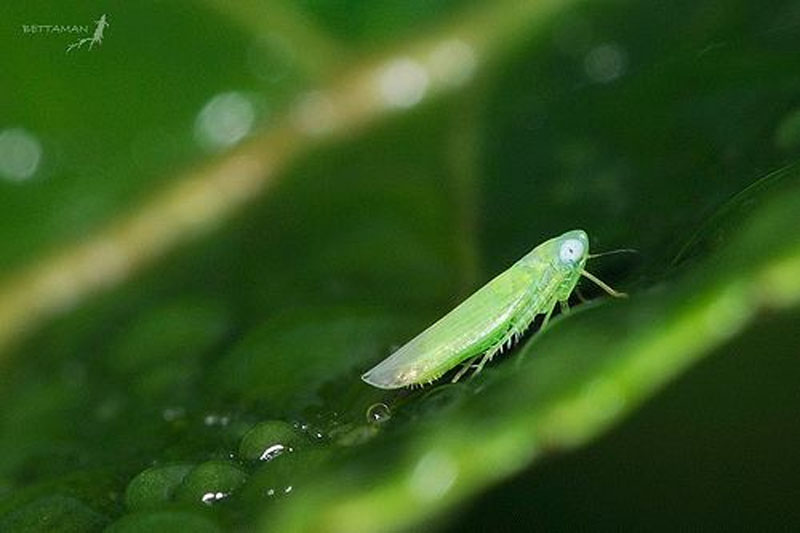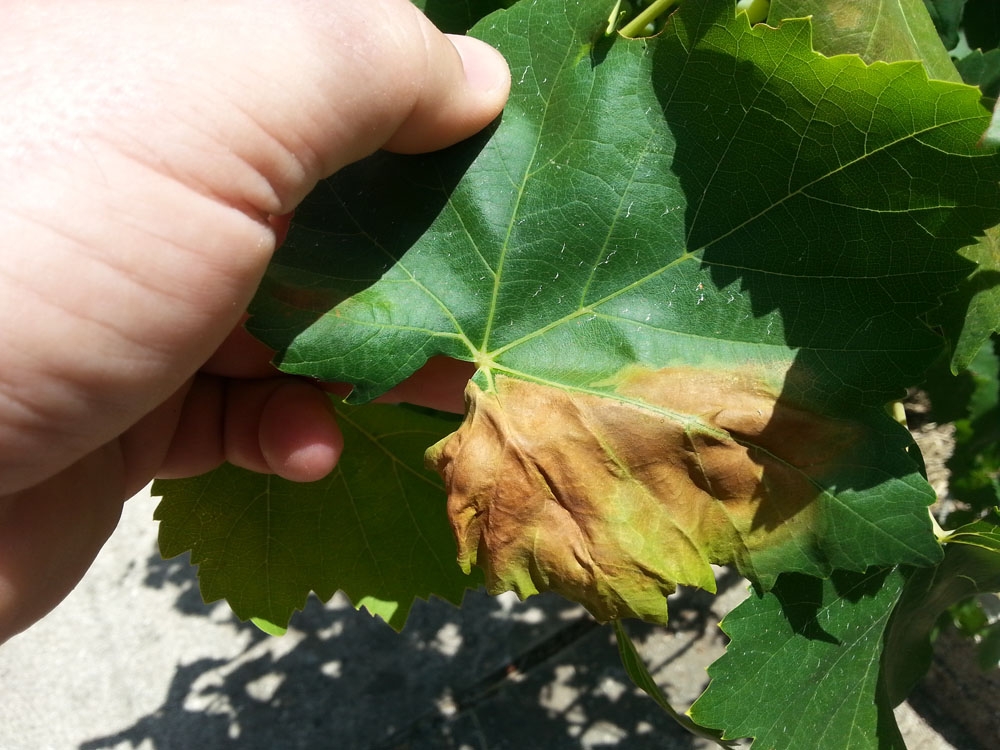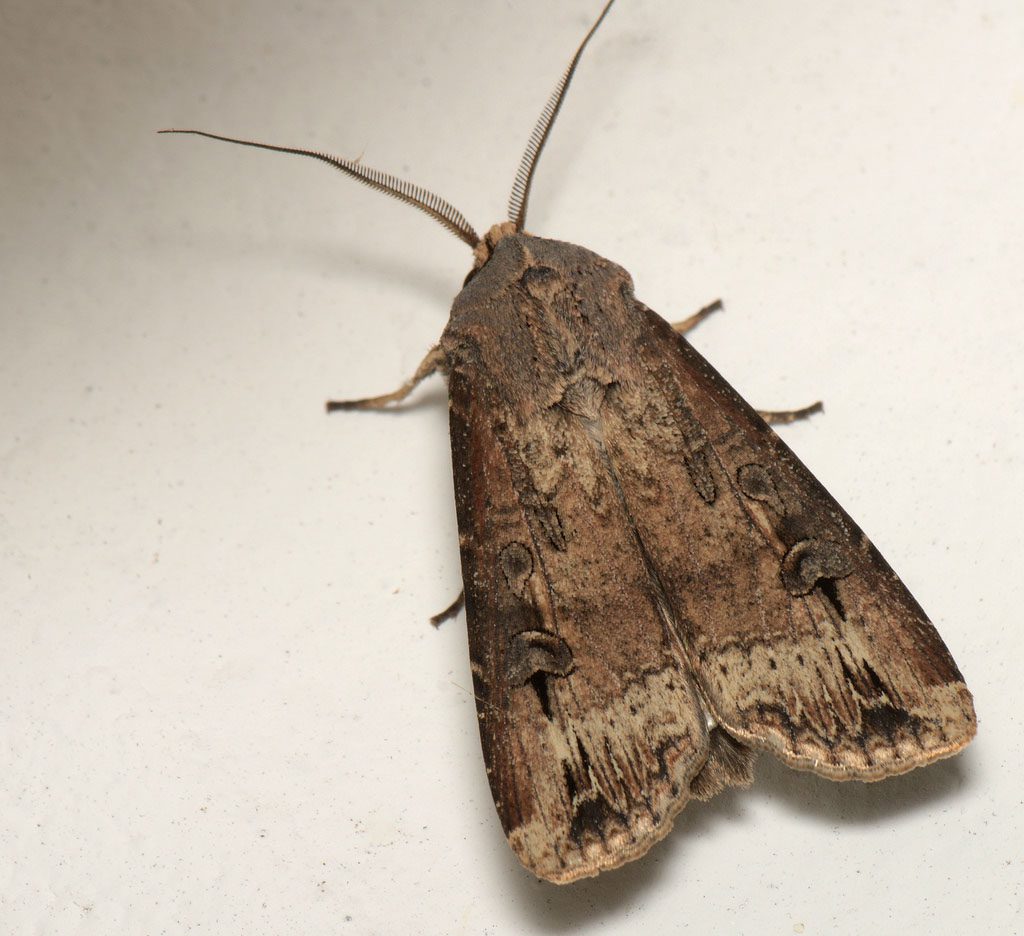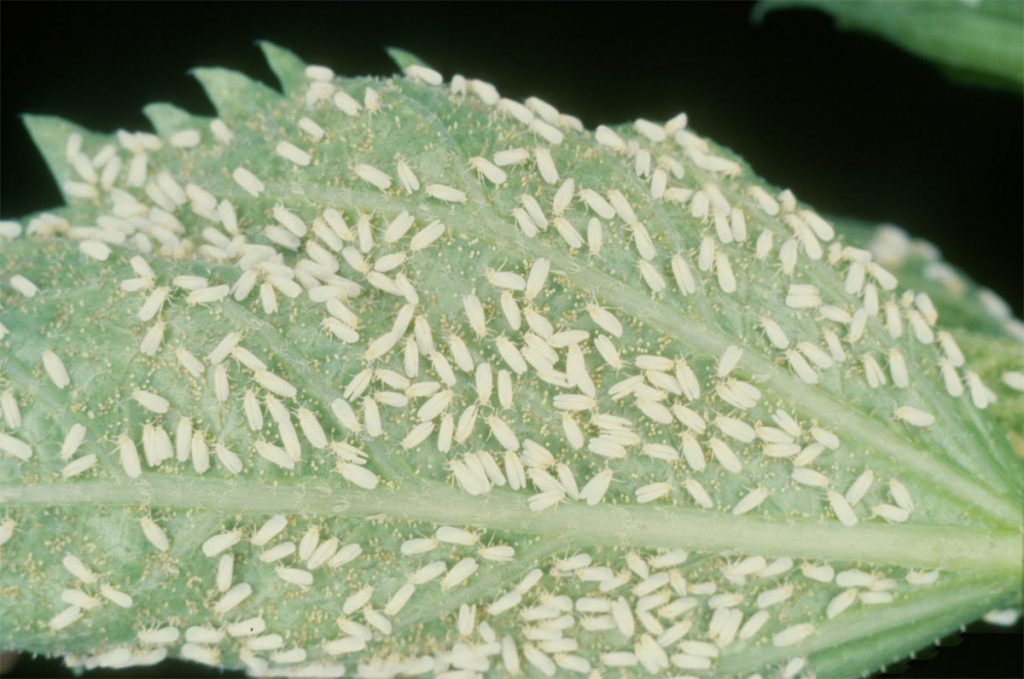Leafhoppers are found in potatoes, beets, cereals, vines, many vegetables and many other crops.
Scientific name: Empoasca flavescens, Empoasca decipiens, Eupteryx atropunctata
Greek name: Τζιτζικάκια
The leaves have light-colored areas due to sap removal and may curl at the edges. In severe infestation the entire leaf becomes chlorotic. Some are also carriers of plant diseases, transmitting viruses and mycoplasmas.
In cotton, they occur in summer, usually on the undersurface of leaves, and symptoms of their infestation are curling of the leaves and discoloration of the leaf periphery to red or yellow. In severe infestations, plant growth is impeded or bracts or bolls are shed.
In the vine, the symptoms appear in the form of a downward curling of the periphery of the lamina and its reddening or yellowing, depending on whether the variety is red or white. The leaves become leathery and thicker and show brownish discoloration at nerve sites.
Enemy
The adults are 3-4 mm long and light green in color. The species Eupteryx atropunctata also bears black spots. The nymphs resemble the adults in appearance. They have a narrow body and 1-3 generations per year. The female deposits her eggs in rows on the leaves. In many species the adults are polyphagous, while the larvae are oligophagous.
Notes
They are jumping insects and very mobile. Usually no special measures are required to control them. They are treated with various insecticidal preparations.
Source
www.bayercropscience.gr
Empoasca flavescens
Empoasca decipiens
Review of Leafhopper (Empoasca flavescens): A Major Pest in Castor (Ricinus communis)
Tags: PLANTS ENEMY • POTATO • POTATOES • VINEYARD





